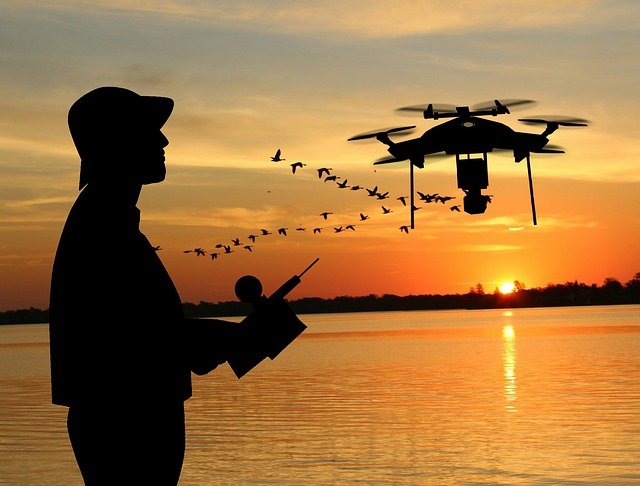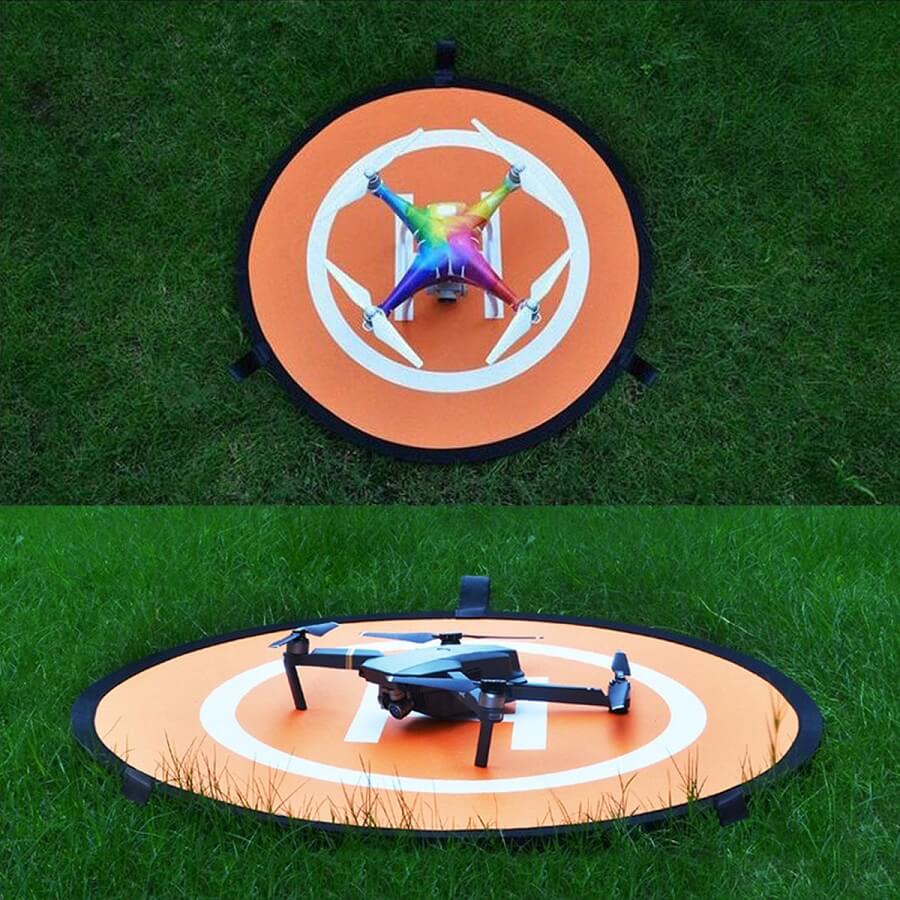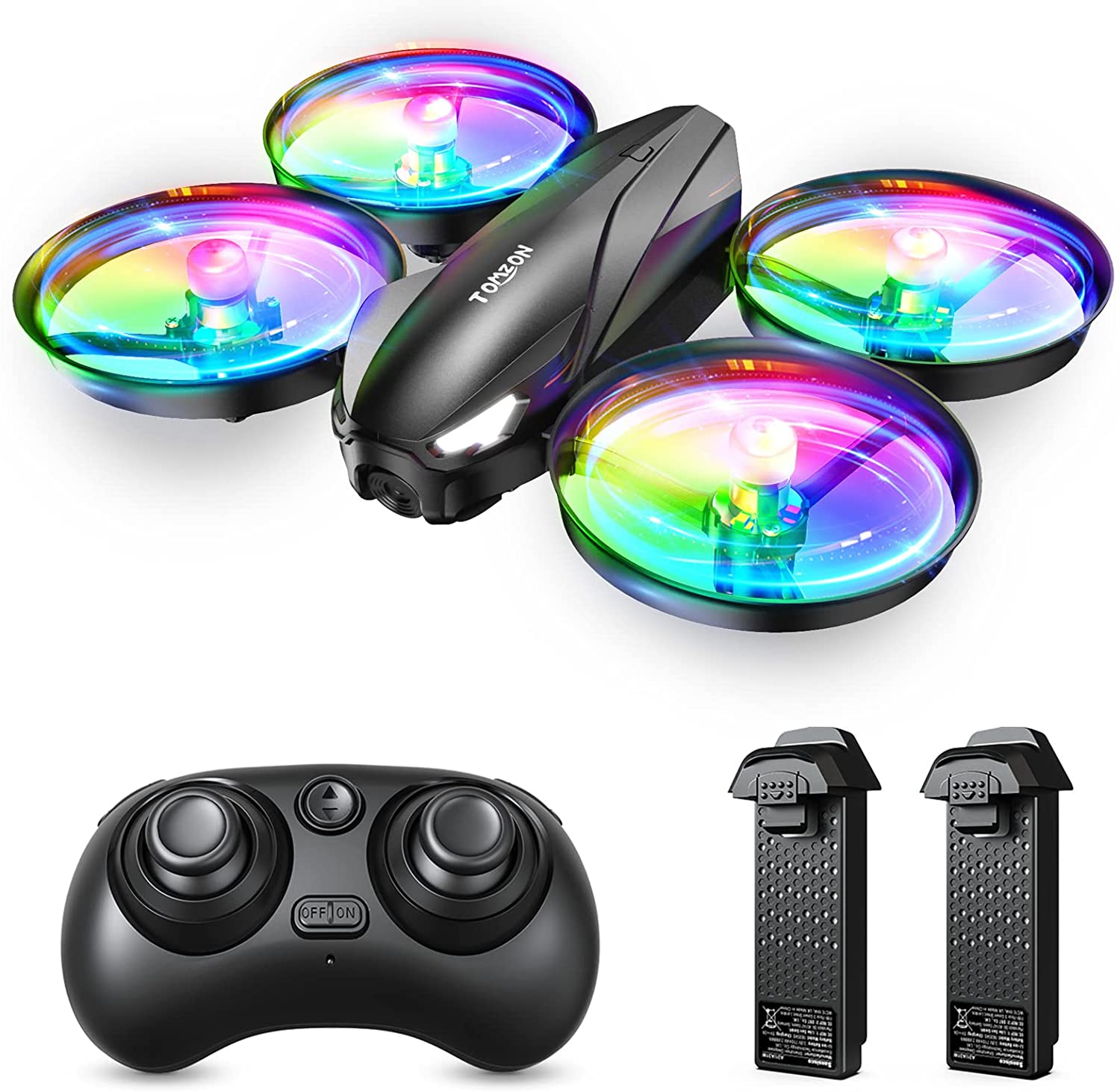
Drones are now being used by weather professionals to predict the track and intensity of hurricanes. Advances in hurricane forecasting over the last 30 years have made it possible to predict a storm's intensity and track with greater accuracy. Drones are also useful for detecting water in the ocean and measuring its strength and intensity before it becomes a hurricane. This article examines the Saildrone, Percepto, and Coyote drones.
Saildrone
Saildrone scientists have reduced drone's height from 16 ft to 10 ft, decreased its center weight, and strengthened its components. They have also added redundant technology and improved satellite connectivity. These improvements have enabled the team to gather data on ocean carbon levels. Researchers also plan to launch larger Saildrone vessels later in the future. The scientists advise sailors to keep their sailboats in the sky during Hurricane Florence.
Coyote
Raytheon's Coyote robots are a new technology that can fly above a hurricane in real-time. This small flying robot, equipped with a GPS system and a spring-loaded blade, can fly into hurricanes at low elevations. They can detect storms in the process of becoming hurricanes and collect data. The U.S. Navy funds the use of Coyote drones as a way to monitor hurricanes.
Percepto
Florida Power and Light, an energy company in Florida, has begun putting Percepto drones on power lines during the recent hurricane season. The company has been working together with the FAA to improve drone monitoring and comply with regulations for commercial drones. This technology allows power companies and other organizations to fly BVLOS and monitor the storm damage without putting their staff at risk. The company currently tests six Percepto Sparrow drones in five locations and plans to deploy them across its entire power grid.

Coyote’s infrared detector
The Coyote’s Infra-red Sensor Drones were tested during 2014 Atlantic Hurricane Season and provided accurate storm data. For meteorologists to accurately forecast the severity and path of a hurricane, they need to be able to determine storm conditions. Hurricane drones can monitor hurricane winds more closely than manned aircraft. They can also gather data from dropwind sondes that will help forecasters.
S0 Air-Deployed UAS
S0 Air, Deployed UASs proved their value in hurricane recovery efforts. Both Hurricane Harvey and Irma presented unique challenges. The primary flooding and secondary winds damage that Hurricane Harvey caused were more severe. In addition, airspace traffic and resident population were less dense during Irma and Harvey operations, so teams faced fewer planning challenges. Additionally, the team didn't encounter amateur drone operators or self-deployed units that interfered with official UAS operations.
Coyote has a range
Coyotes have threatened many species of livestock, but they have not diminished their numbers. They are actually on the rise. Because these scavengers threaten their livelihoods, livestock farmers and ranchers have taken to hunting them. Hunting has many adverse effects. It is important to understand coyote behavior before taking action. Here are some tips to help get rid coyotes.
Cost
Raytheon has produced a $22,000 drone. Droplets can be released into atmosphere to measure weather conditions. These droplets can measure wind speed, temperature, and atmospheric pressure and can be released from a drone during its mission. Drones can be deployed to hurricanes to provide information to forecasters in real time. A battery-powered drone can remain airborne for an hour. One droponde can last less than five minutes.

Safety
Drone use in disaster relief is increasing. And hurricane safety is not an exception. The Federal Aviation Administration states that drones used without authorization could hinder rescue efforts and hinder first responders. Use of drones to aid in hurricane relief or other disaster response efforts is against federal, state, local and international laws. It can also interfere with first responders. Here are three examples of the dangers of unmanned aircraft during hurricane relief.
Impact
Drones have proved their usefulness during hurricanes. They were deployed following Hurricane Michael. This storm was stronger than Hurricane Katrina. It was also on par with Hurricane Andrew of 1992. Drones were used to map unsafe and damaged areas, cut power lines and destroy properties. This information allowed business owners and insurance companies to begin the claims process and start restoration efforts. Drones may provide important data to aid in disaster recovery.
FAQ
What law applies to drones that fly over private property?
New rules were recently published by the FAA regarding commercial drone flights. These rules only apply to UAVs less than 55 lbs and lower than 400 feet above the ground. Commercial operators will need to register with FAA and get a license from agency. They will also require permission from local authorities to operate near airports and other restricted areas.
What is the best drone for beginners?
The DJI Phantom 2 Vision+ is one of the popular beginner drones available today. The DJI Phantom 2 Vision+ comes with a 4K camera that allows you to capture high-quality aerial shots and videos. This drone is easy to navigate thanks to its GPS system.
Can my drone be flown around my neighbourhood?
Yes! These are called UAVs, or unmanned aerial vehicles. There are several types of drones available for sale today, from small quadcopters to large fixed-wing aircraft. The FAA has recently issued new rules regarding the commercial use of UAVs, which means you can now legally fly them for business purposes. It is important to remember that UAVs are not allowed near airports.
Statistics
- Research and Markets predict a growth rate of 51.1% over the next five years. (thedroneu.com)
- According to industry research from ZipRecruiter , there are 10 cities where the typical salary for a Drone Pilot job is above the national average. (dronesgator.com)
- According to the multiple listing service (MLS), houses and apartments with drone photographs are up to 68 percent more likely to sell than those without pictures. (thedroneu.com)
External Links
How To
How to Fly Drones With Beginners
A drone is a remote-controlled aircraft used for aerial photography, cinematography, surveillance, scientific research, and hobby purposes. Drone technology has been around since World War II. However, commercial use began in 2010 when DJI released their Phantom series of quadcopters. Since then, there have been many different types of drones available, from beginner-friendly models like the Parrot AR Drone 2.0 to professional-grade multi-rotor craft like the DJI Mavic Pro.
There are many methods to fly a Drone, including
-
Remote control - This allows you to control the drone from your hand. There are two main types: Joysticks (like a radio), and On/Off switches (like an alarm clock).
-
Manual Control - Using a smartphone app, this method allows users to remotely operate the drone via GPS coordinates. You must keep track of the location where you want the drone to go and follow the instructions from the app.
-
Autonomous Flight: This means that the drone will take care of all the piloting. It allows the drone to fly independently without any human intervention. It must have a builtin camera, sensors capable of taking images and data to enable autonomous flight.
-
Triggered flight - This is similar to manual control except that the pilot sets up a preprogrammed route and the drone follows the route until it reaches its destination. After the program is complete, the drone automatically returns to the ground.
-
Landing Gear: Some drones have landing gear that allows them safely to land in case they lose power or run low on battery.
-
Goggles: Some pilots use goggles in order to protect themselves against debris when operating.
-
Camera - Certain drones come with cameras that allow you to take photos and videos from high above.
-
Obstacles – Some drones have obstacle avoidance systems that stop them from colliding with obstacles.
-
Speed - Some drones can reach speeds of over 40 mph.
-
Battery Life - Most drones last between 20 and 3 hours depending on how much power they have.
-
Range - Some drones can travel upto 30 miles depending on their models.
-
Power source - Some drones require an external power source; others work off internal batteries.
-
Weight - Some drones are lighter than others, while some models can weigh as much as 4 pounds.
-
Size - The size of drones varies from small, easily carried devices to more substantial crafts that weigh in excess of 50 pounds.
-
Price - From high-end models that cost thousands of dollars to low-cost options that start at $100, all drones fall under a certain price category.